Peru. The Rite of the Ashaninka Ancestral Medicine.
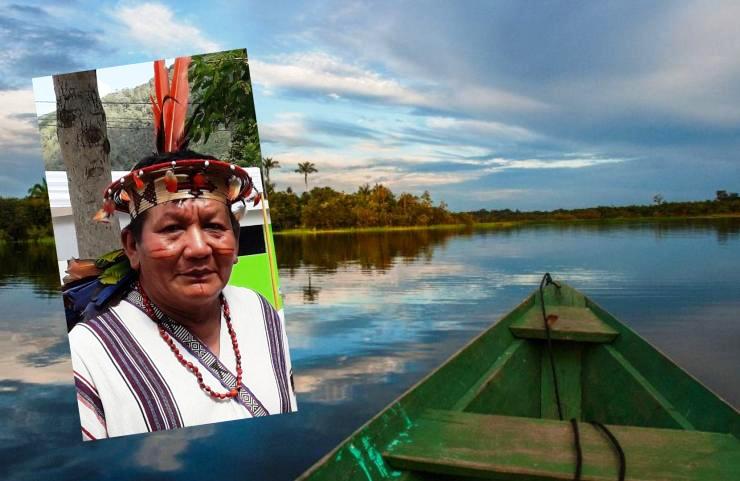
To a large extent, the ancestral medicine of the Ashaninka, an indigenous Amazonian ethnic group that lives in western Peru, revolves around the Ayahuasca ceremony, the name that is currently used to name an ancestral practice of the original peoples of the Amazon. It is a ritual practice performed by the shiripiare healers or shamans of the Amazon rainforest.
The ayahuasca brew is just like Western medicine to indigenous peoples of the Amazon. Ayahuasca is a plant-based visionary brew which was and is broadly used in healing ceremonies and other traditions associated with spiritualism and divination and sometimes with witchcraft, since the ayahuasquero doctor (shaman healer) is believed to have the power to cure or do evil. People outside the Amazon often associate the Ayahuasca ritual with witchcraft, drugs, abnormal hallucinations, basically something dangerous. They often consider this ritual as contrary to the Christian faith, since, according to them, it is like putting trust in evil and not in God.
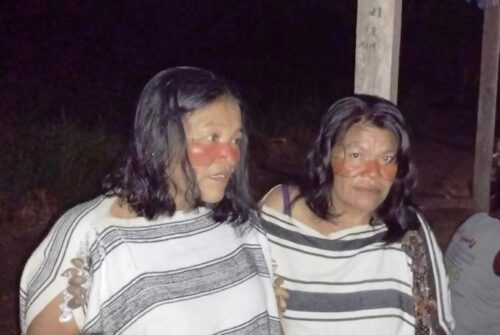
The exact composition of the ayahuasca also called kamarampi (in the Ashéninka language) depends on the locality and tradition, but most commonly, it is prepared by stewing the bark of the Banisteriopsis caapi vine, which contains harmala alkaloids, with the leaves of the Psychotria viridis (chacruna, or chacrona) a plant from the coffee family. Both plants are mashed and are placed in a pot. Then, water is poured in until it just covers the plant material entirely. The pot is put over a fire and brought to a boil. Cooking times vary greatly as do cooking temperatures, controlled by the size of the fire, but the goal is the same: to reduce the water in the pot while absorbing the medicinal essences of the plants being cooked. One can also add bark from other plants such as toé or floripondio.
The ayahuasca medicine is very popular in South America. Yagé, as ayahuasca is known in Colombia, is an integral part of the spirituality of the indigenous people. Ayahuasca is widely used also by indigenous communities in both Brazil and Peru. But, in Brazil, it is also a fundamental part of the Santo Daime Church. Santo Daime was formally recognised by the Brazilian government as a religion in 1986, and at the same time, ayahuasca became explicitly legal for religious use. That means that in Brazil, members of such churches are legally allowed to use the substance. There are even several ayahuasca retreats in the Cuzco area of Peru.
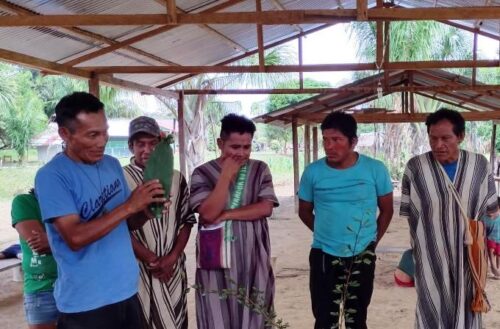
Tobacco is one of the essential elements of the ayahuasca ritual. The purpose of the tobacco ceremony is to purify and balance the body on physical, mental, emotional, and energetic levels. Many shamans consider the tobacco ceremony to be a good preparation for the ayahuasca ritual to come, because the release of all the negative energy allows for deeper healing. The tobacco used for the ceremony must be processed by the shamans themselves, because cigarettes are useless for these purposes, on the contrary, they can be harmful. The tobacco is wrapped by the shaman in the shape of a mallet, and it is chopped to be smoked either in paper or in a pipe or in a handmade cashimbo made of wood. Indigenous people believe that tobacco has its spirit like everything else in the Amazon. The spirit of this tobacco is good, is protective and helps to heal, and it scares away evil spirits. Within the rite, it has the function of maintaining the balance of the effect of ayahuasca, as well as ensuring protection against evil spirits.
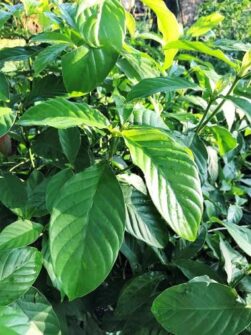
The Psychotria viridis (chacruna, or chacrona) plant. CC BY-SA 4.0/M.Aurelius
The ritual songs (icaros) mark the phases of the ayahuasca ritual. Shamans believe that drinking ayahuasca brew puts you in direct contact with the spiritual plane, opening you up to both beneficent and bad spirits. Ultimately, the purpose of icaros is guidance. Shamans use the songs to invoke the good spirits of plants and animals, as well as to keep the bad spirits away. These short ritual songs are repeated several times during the ceremony. While they often centre around healing and protection, icaros are multi-purpose tools used to carry out any number of intentions: to evoke good plant spirits; to protect the ceremony from evil spirits; to enhance or mitigate the effects of ayahuasca, particularly visions; to diagnose or divine the cause of an ailment; to divine a treatment for an ailment or sickness; to call in healing energies to treat an ailment; or to strengthen feelings of love between two people.
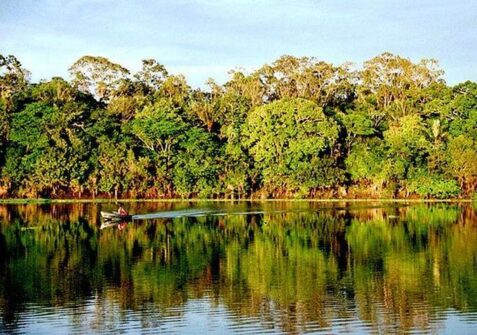
Amazon Forest. CC BY-SA 2.0/Andre Deak
Each icaro is specialized toward a specific plant or animal spirit that will serve a specific purpose: the toé or the piñón can be invoked to ask for protection against enemies, the renaco and huairuro to cure diseases. The lord of miracles and the Virgin are also invoked.
The ayahuasca rite is carried out in the name of the Lord, Pawa Tajorentsi (creative and powerful father), according to the healer Luis Cushi “…He is the only one who knows and has the power to heal…) …”.
Shaman doctors are also believed to be able to heal someone who is not physically present. Amazonian ancestral medicine includes ancient indigenous rituals, practiced by different peoples in South America. The rites are related to the myth of the serpent as a giver of life. The Amazonian ancestral medicine is a mix of ‘irrational’ knowledge with scientific knowledge. Indigenous people believe in the benefits of the ayahuasca brew, while tourists mostly want to participate in a ayahuasca ceremony just for curiosity or to know their future, or to solve love affairs, others just to experience the effects of the ayahuasca brew.
Jhonny Mancilla Pérez



